Elmgreen & Dragset bring a different perspective to Istanbul’s art scene
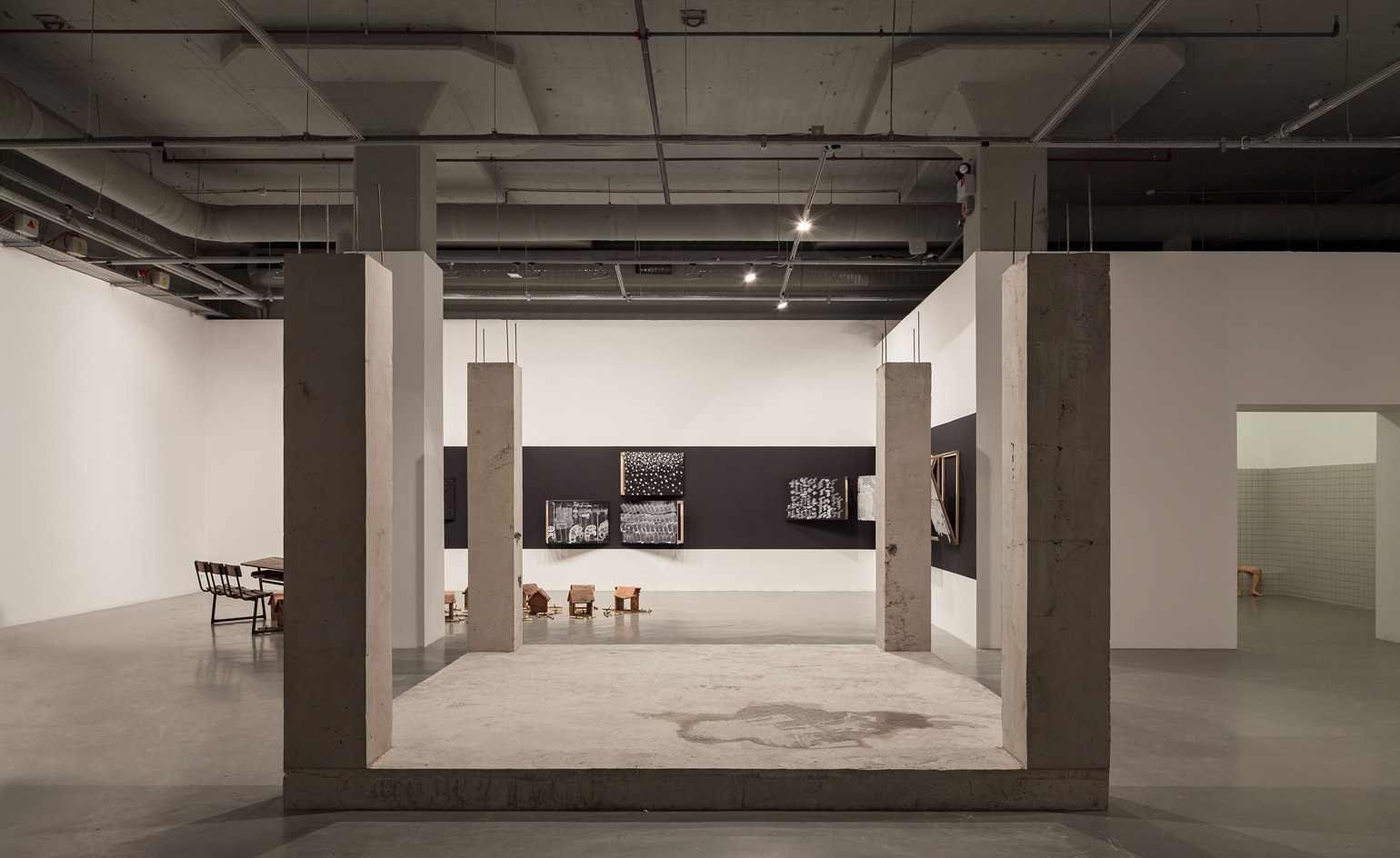
The political events that have rocked Turkey have scared many visitors away in the last year, but slowly, they are returning, and with the 15th Istanbul Biennial and Contemporary Istanbul, and the unveiling of a new arts development, Juma Karakoy, in the capital this week, art is rebuilding confidence. The Biennial, running since 1987, and Contemporary Istanbul, started 12 years ago, have both played a significant part in establishing Turkey as a global destination, opening up the city’s contemporary culture in various ways.
‘We wanted to build the biennale like a neighbourhood,’ said the curators of the 15th Istanbul Biennial, Elmgreen & Dragset – the Scandinavian duo (and former Wallpaper* Guest Editors) known for putting a Prada store in the middle of the Texan desert. They invited 56 artists from 32 countries— including 10 Turkish artists – to participate in their theme for 2017, ‘a good neighbour’. At a press conference, Michael Elmgreen and Ingar Dragset were clearly irritated by media sensationalism: ‘It’s very sad to read in the international press that the Istanbul scene is closing, there are so many new artist-run spaces and small institutions opening.’
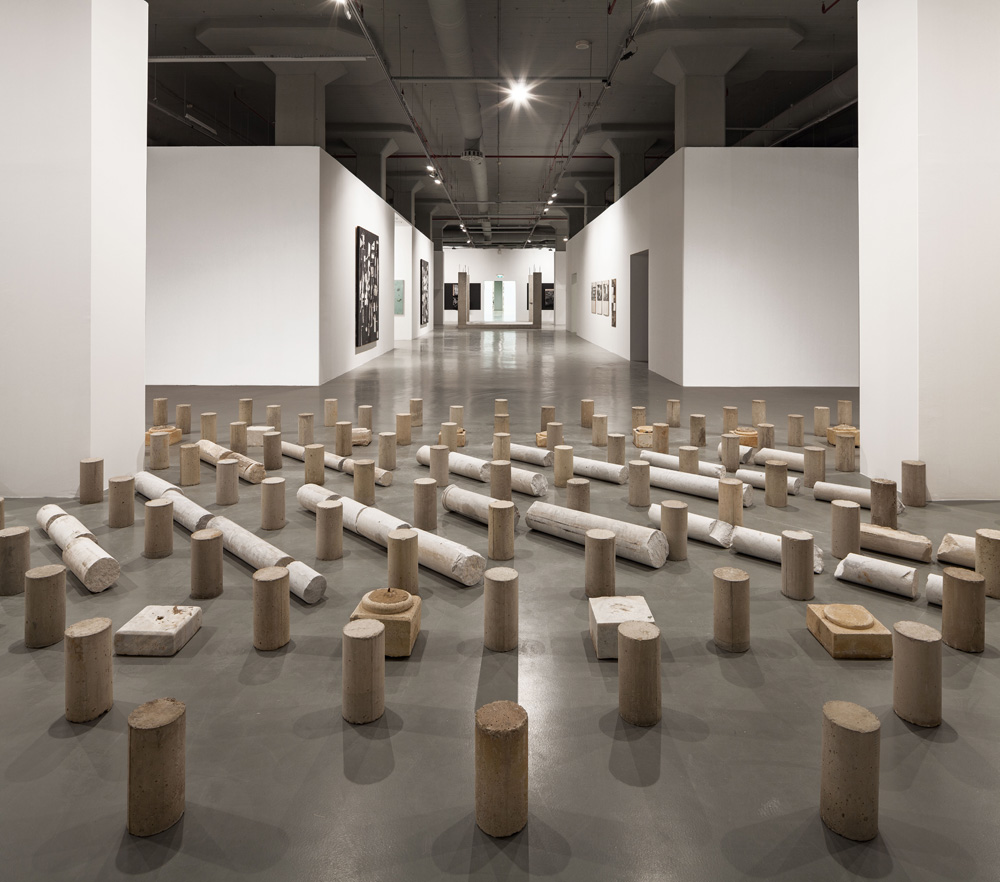
Installation view of Rayyane Tabat at Istanbul Modern. Courtesy of Istanbul Biennial
The six chosen venues for the biennial reflect different aspects of life in the city: the historic Kucuk Mustafa Pasa Hammam, (where the usual male/female spaces have been reversed, two women artists exhibiting in the larger male area, and one male artist in the female), two schools an artist workshop, and a former Bauhaus family home are among them. As a consequence, many of the artists have responded to the purpose of the buildings and their architectural features.
At Istanbul Modern, currently under construction, artists Latifa Echakchch’s installation, adjacent to Yonamine’s collages, both cull materials from the streets and destroy them to make their works, reflecting on the idea of creation and deconstruction in an urban environment. At the Pera Museum, meanwhile dedicated to Orientalist art and artefacts of the Ottoman Empire, American artist Fred Wilson has traced the roles of black Africans in Ottoman handcrafts, in an installation Afro Kismet. The works—and the spaces they highlight by inhabiting them—reflects Istanbul’s 8,000 year history as a cultural melting pot, and a city that is capable of constantly redefining itself. Even in the current wave of increased conservatism, the city’s architecture tells a story of co-existence, from the minarets of the mosques that prick the skyline to Byzantine fountains and glittering 13th century mosaics.
Contemporary Istanbul has supported Turkey’s gallery scene, as the country’s only contemporary art fair, since its art market took off in the early 2000s. The fair has encouraged 20 new international galleries to come to the city after a difficult 2016, when 40 international galleries pulled out. Among 40 returning galleries there is a major representation of Istanbul’s own, such as Dirimart, Galerist, Mixer, Gallery Nev, and Gaia Gallery. Political events have undoubtedly affected the Turkish economy and impacted in turn on its art market, but as CI Chairman Ali XX explains, ‘We are not for yesterday, nor today – but for tomorrow. Just as cities shape art, art shapes cities.’

Untitled, 2017, by Armén Roch, presented by Galeri 77 at Contemporary Istanbul
Among the solo booths of international artists at Contemporary Istanbul is Gerald Chukwuma, presented by Gallery 1957, who travelled from Accra to Istanbul, for the first time, while Victoria Miro, Flowers and Bejing’s Galleria Continua are also participating for the first time. Sending a strong message of confidence, CI have also organised their first outdoor exhibition this year: a public sculpture garden in Sanatçılar Park that includes works by Tony Cragg, Jannis Kounellis, Wim Delvoye and Jan Fabre.
The united front among galleries, both local and international, in Istanbul, is a powerful statement after one of the most difficult periods in Istanbul’s recent history. As the Istanbul Biennial curators see it, ‘the art community can give problems a human face and a different kind of perspective.’
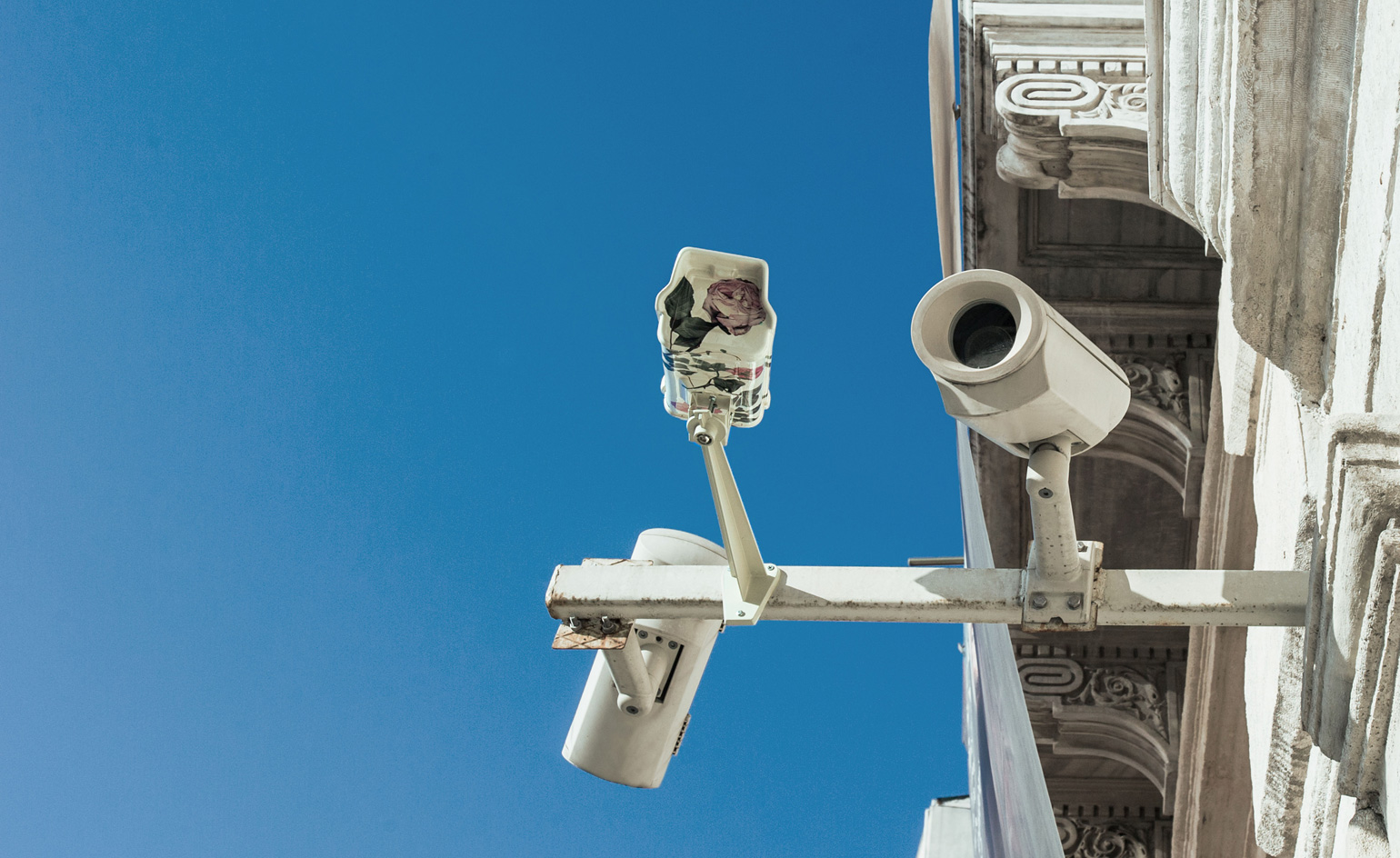
Follower, 2017, by Burcak Bingol, ceramics and metal. Courtesy of Istanbul Biennial
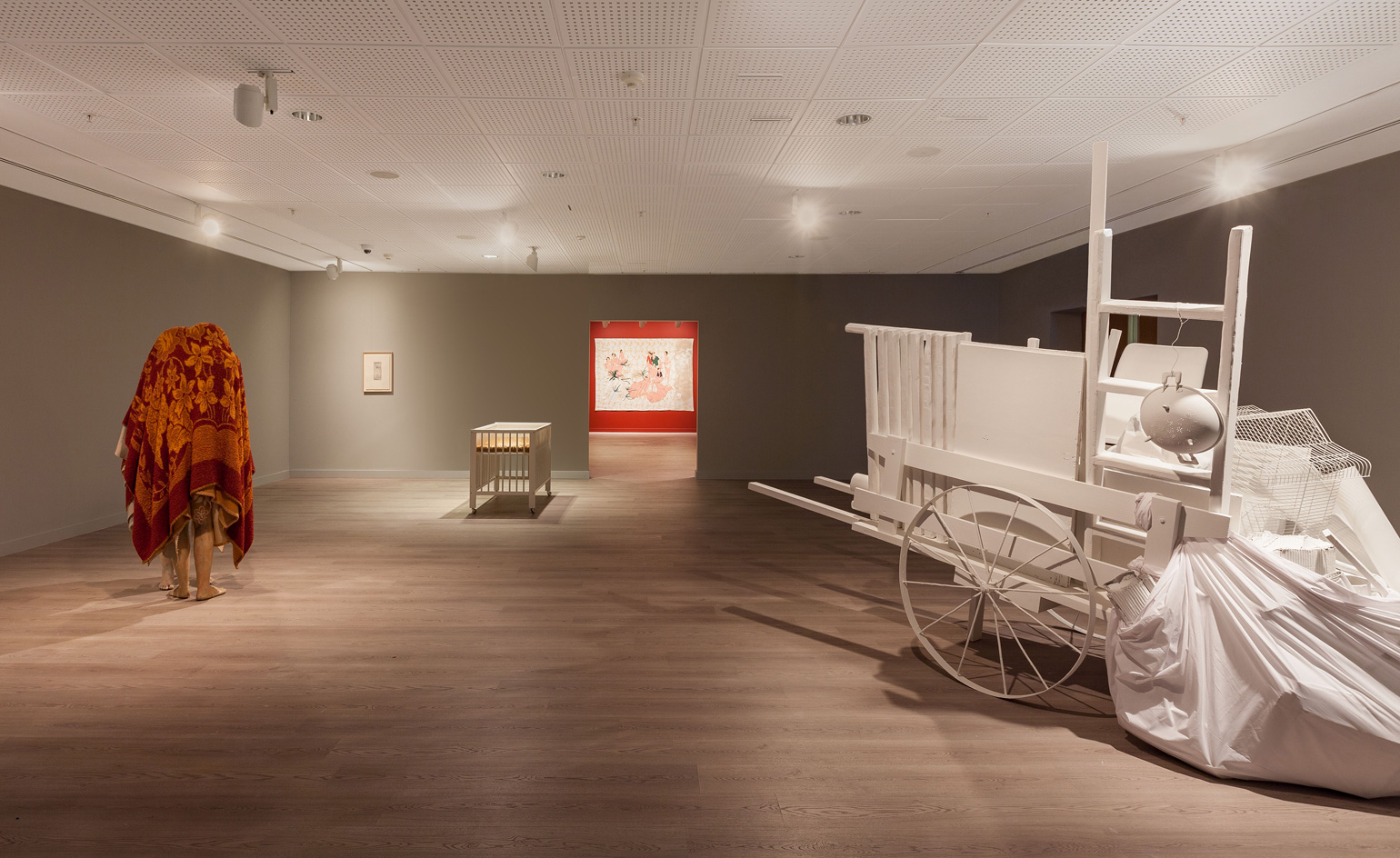
Installation view of Lillian Maresca at Pera Museum. Courtesy of Istanbul Biennial
INFORMATION
The 15th Istanbul Biennial runs from 16 September – 12 November. Contemporary Istanbul runs from 14 – 17 September. For more information, visit the Istanbul Biennial website and Contemporary Istanbul website
Receive our daily digest of inspiration, escapism and design stories from around the world direct to your inbox.
Charlotte Jansen is a journalist and the author of two books on photography, Girl on Girl (2017) and Photography Now (2021). She is commissioning editor at Elephant magazine and has written on contemporary art and culture for The Guardian, the Financial Times, ELLE, the British Journal of Photography, Frieze and Artsy. Jansen is also presenter of Dior Talks podcast series, The Female Gaze.
-
 Each mundane object tells a story at Pace’s tribute to the everyday
Each mundane object tells a story at Pace’s tribute to the everydayIn a group exhibition, ‘Monument to the Unimportant’, artists give the seemingly insignificant – from discarded clothes to weeds in cracks – a longer look
-
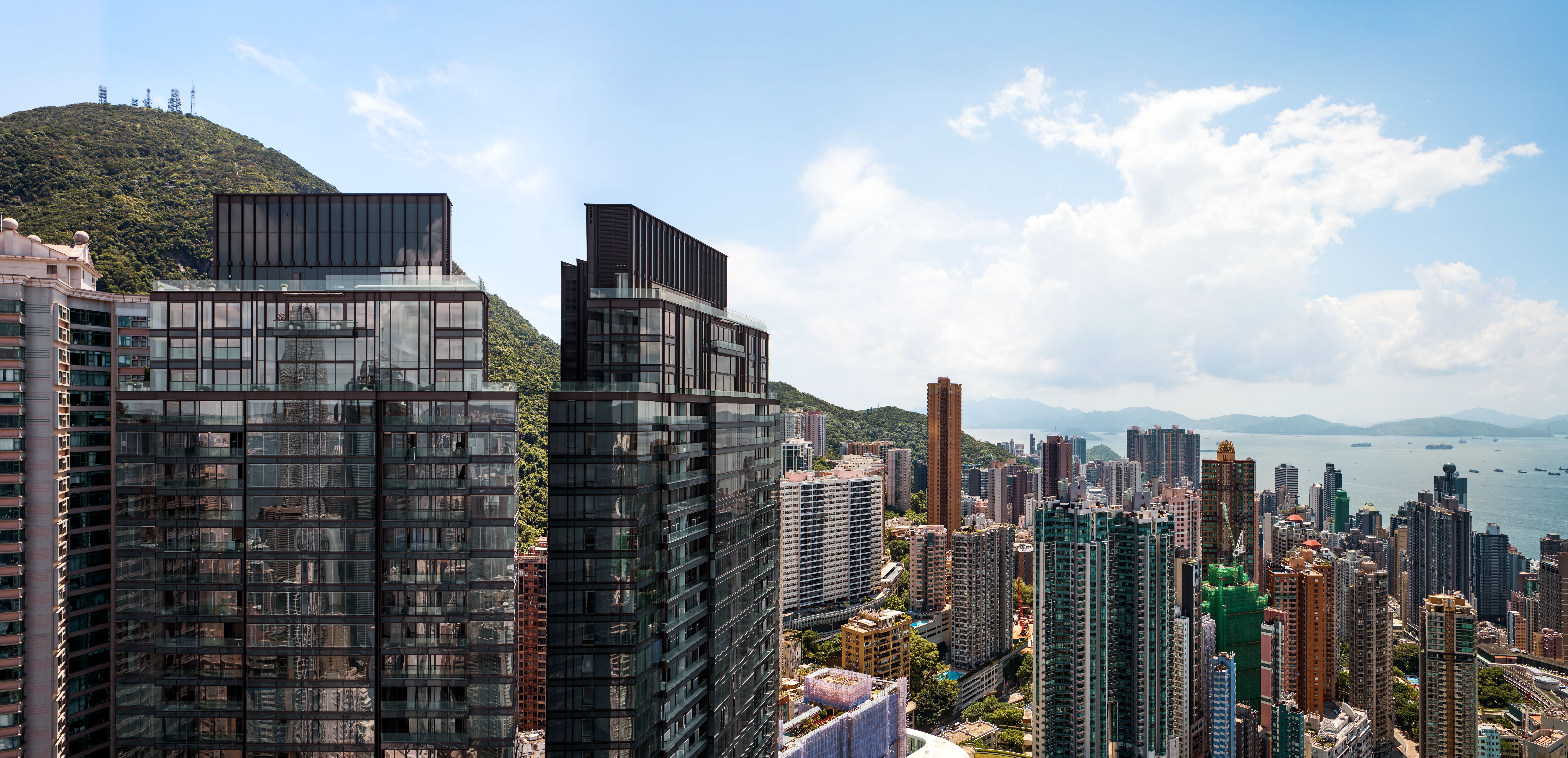 Discover The Legacy, Hong Kong’s eye-catching new condo
Discover The Legacy, Hong Kong’s eye-catching new condoThe Legacy, by ACPV Architects Antonio Citterio Patricia Viel, is a striking new condo tower that aims to ‘create a sense of community and solidarity among people’
-
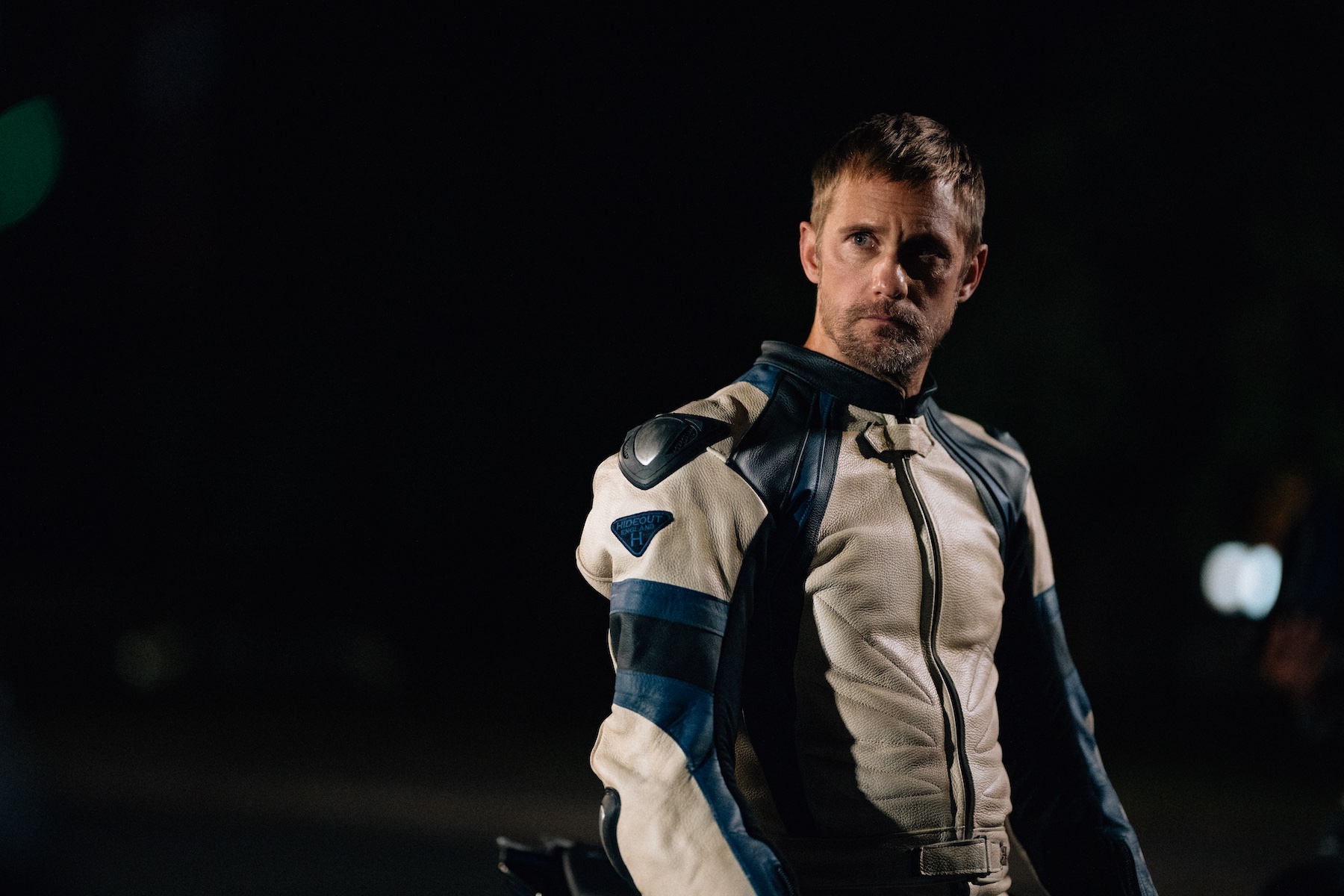 In BDSM biker romance ‘Pillion’, clothes become a medium for ‘fantasy and fetishism’
In BDSM biker romance ‘Pillion’, clothes become a medium for ‘fantasy and fetishism’Costume designer Grace Snell breaks down the leather-heavy wardrobe for the Alexander Skarsgård-starring Pillion, which traces a dom/sub relationship between a shy parking attendant and a biker
-
 Each mundane object tells a story at Pace’s tribute to the everyday
Each mundane object tells a story at Pace’s tribute to the everydayIn a group exhibition, ‘Monument to the Unimportant’, artists give the seemingly insignificant – from discarded clothes to weeds in cracks – a longer look
-
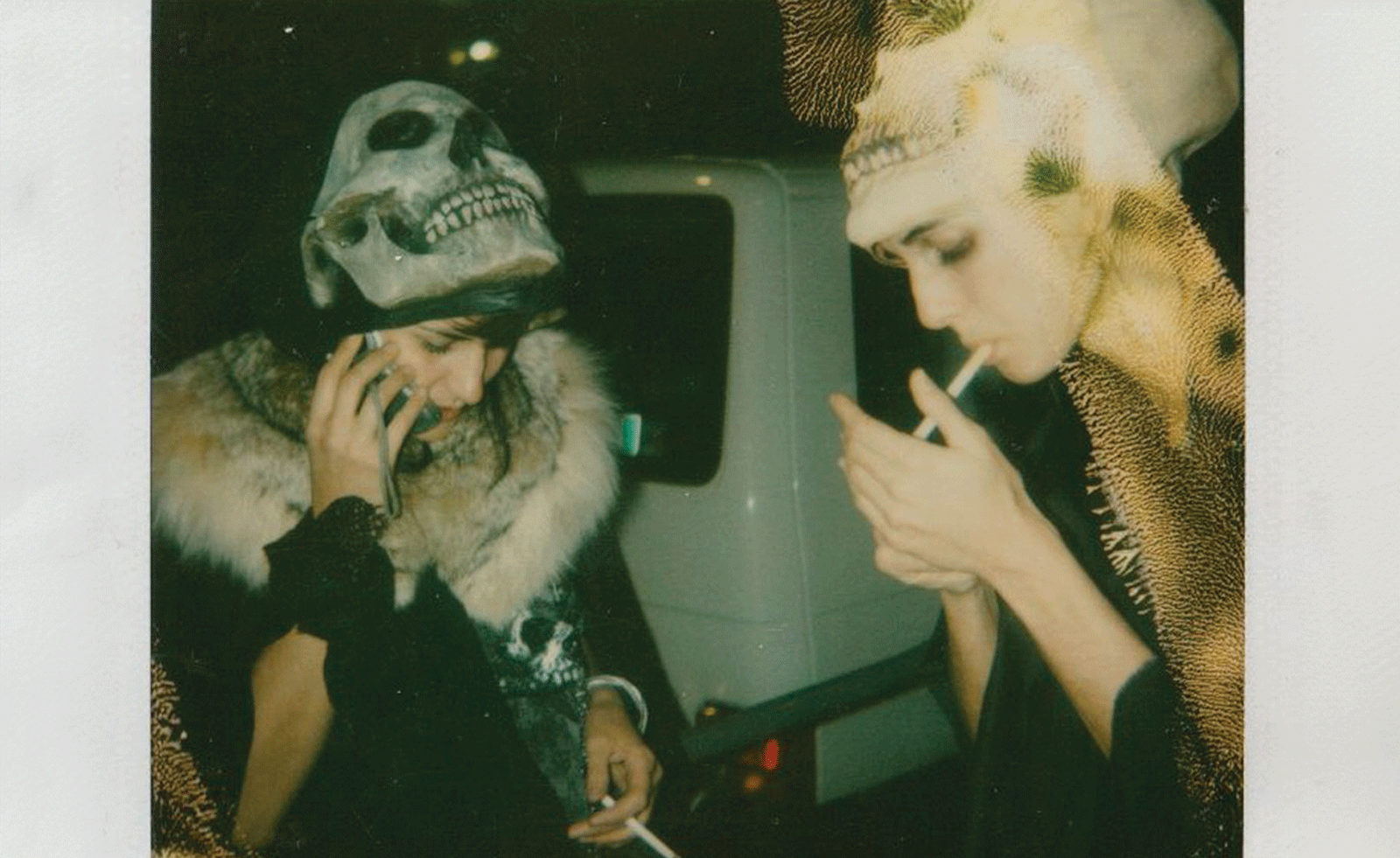 Ten things to see and do at Art Basel Paris 2025
Ten things to see and do at Art Basel Paris 2025Art Basel Paris takes over the city from 24-26 October. Here are the highlights, from Elmgreen & Dragset to Barbara Kruger and Dash Snow
-
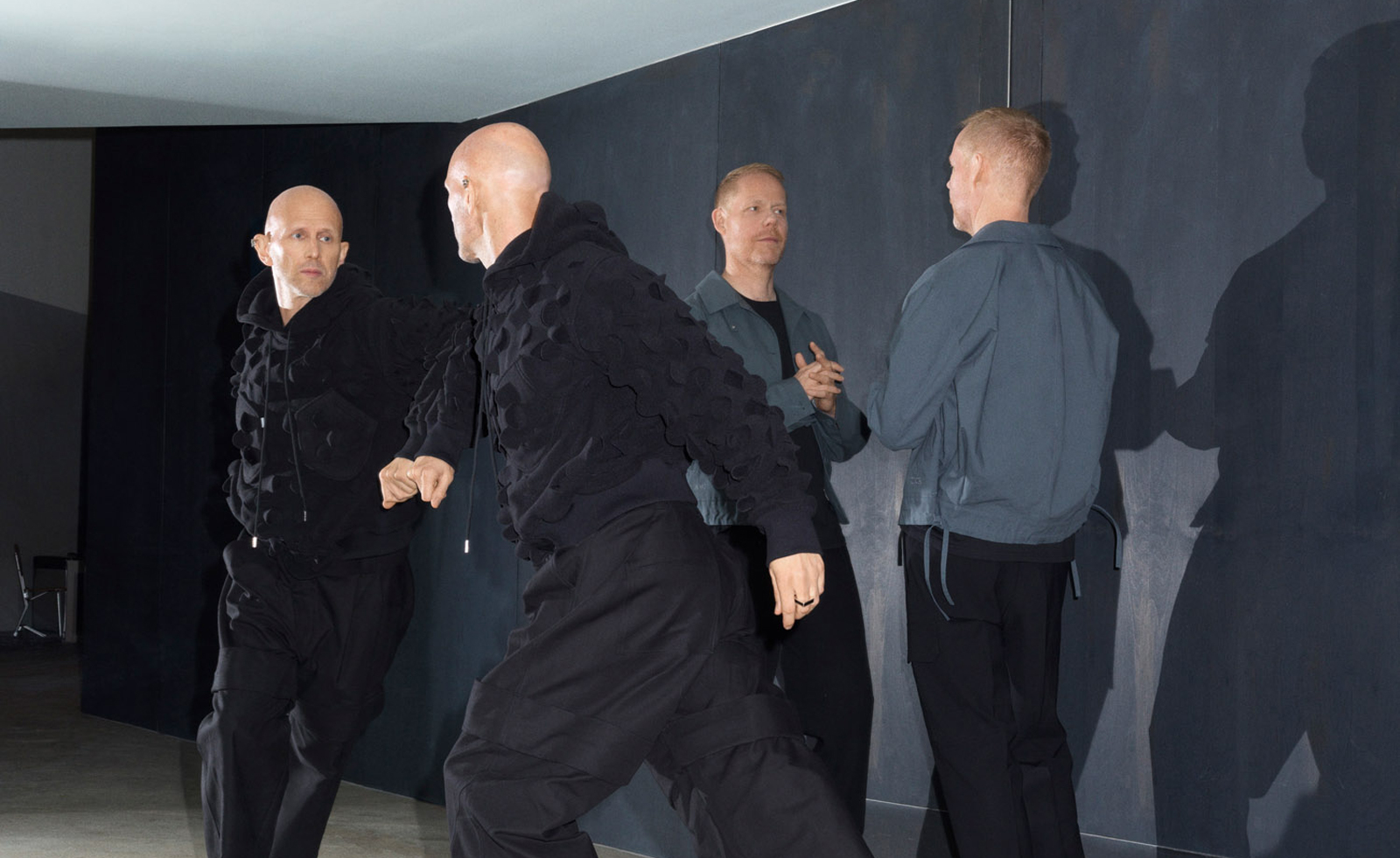 Year in review: top 10 art and culture interviews of 2024, as selected by Wallpaper’s Hannah Silver
Year in review: top 10 art and culture interviews of 2024, as selected by Wallpaper’s Hannah SilverFrom Antony Gormley to St. Vincent and Mickalene Thomas – art & culture editor Hannah Silver looks back on the creatives we've most enjoyed catching up with during 2024
-
 Out of office: what the Wallpaper* editors have been doing this week
Out of office: what the Wallpaper* editors have been doing this weekInvesting in quality knitwear, scouting a very special pair of earrings and dining with strangers are just some of the things keeping the Wallpaper* team occupied this week
-
 Discover Wallpaper* November 2024: The Art Issue
Discover Wallpaper* November 2024: The Art IssueThe art special is on sale now. Confront the classical canon with Elmgreen & Dragset, get down with LoveFrom x Moncler, and wear art on your sleeve with Christiane Kubrick x JW Anderson
-
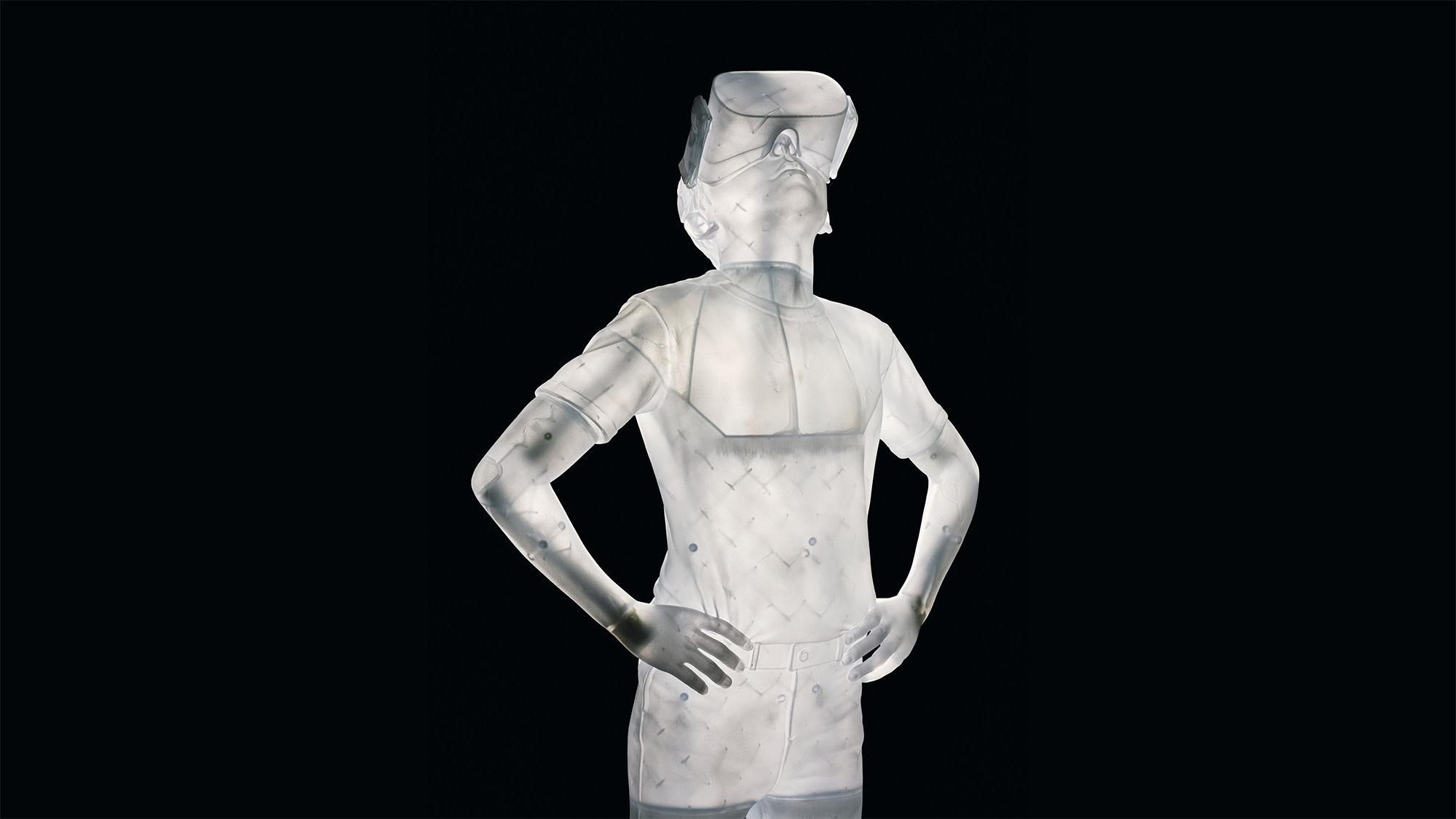 Elmgreen & Dragset explore contemporary masculinity in Paris
Elmgreen & Dragset explore contemporary masculinity in ParisWe visit Elmgreen & Dragset at their Berlin studio ahead of new exhibition ‘L’Addition’ at Paris’ Musée d’Orsay, a subversive take on the classical form
-
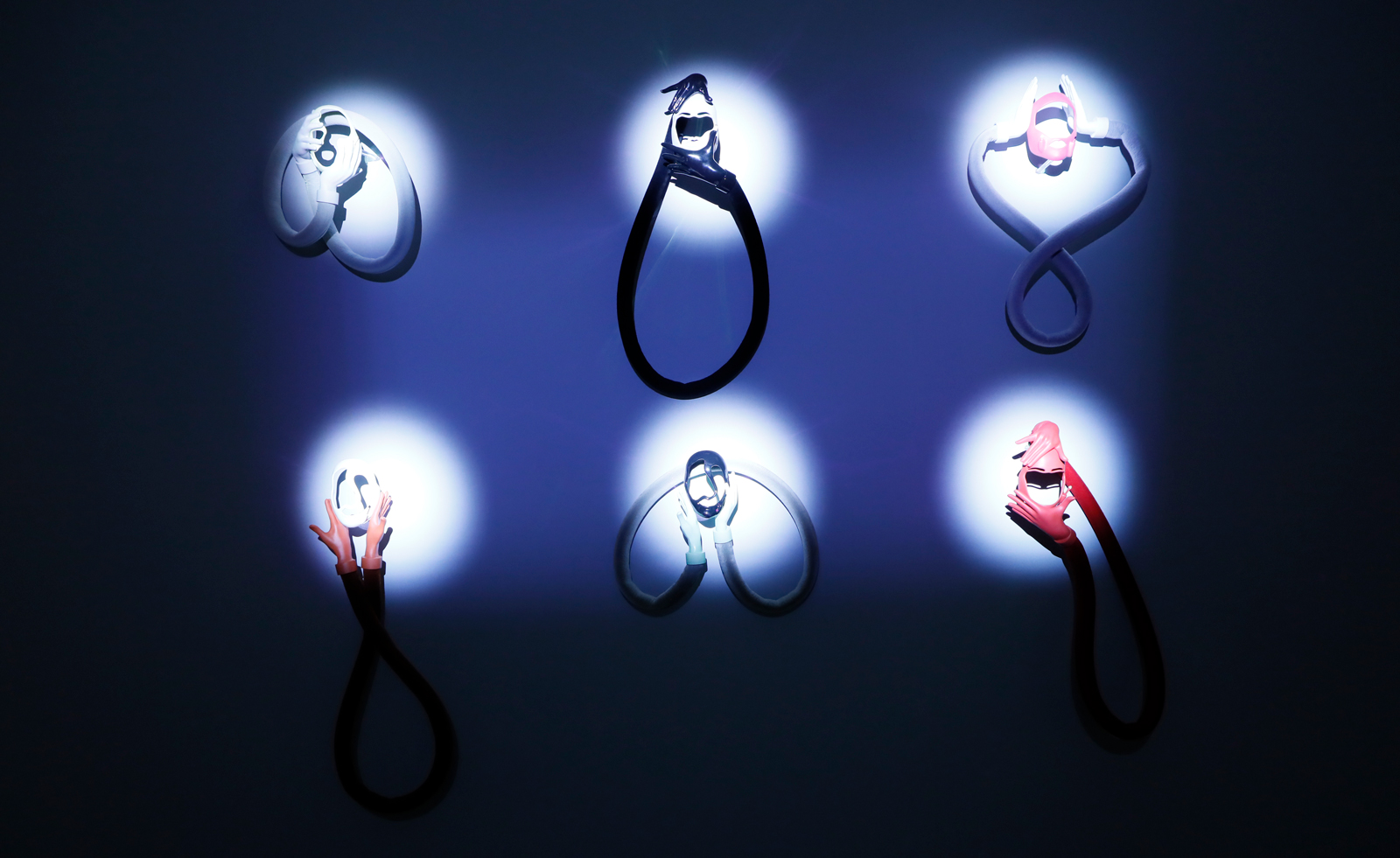 Hussein Chalayan’s new Istanbul exhibition: disembodiment meets postcolonialism
Hussein Chalayan’s new Istanbul exhibition: disembodiment meets postcolonialismHussein Chalayan explores identity and the postcolonial body in a new exhibition, ‘Souffleur’, taking place at Istanbul’s Sakıp Sabancı Museum
-
 17th Istanbul Biennial review: truth to power and food for thought
17th Istanbul Biennial review: truth to power and food for thoughtThe 17th Istanbul Biennial sees more than 500 contributors tackle the economic, political, social and ecological issues consuming our planet, from artistic censorship to urbanisation, fractured political systems to shrinking civic spaces